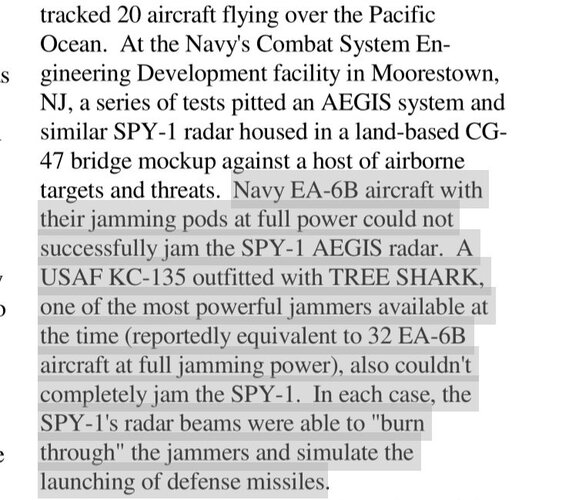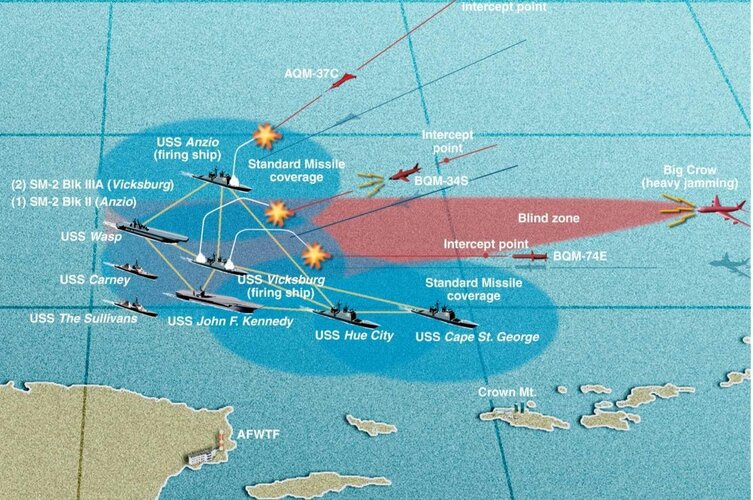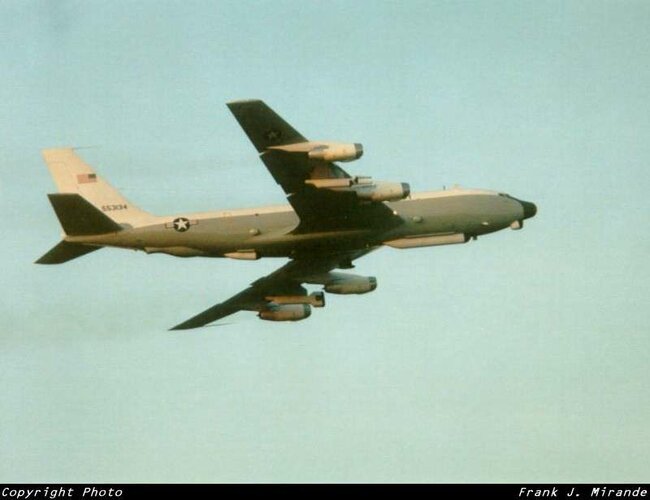"Jammed Up"
Nov 25, 2014 by Michael Fabey in Ares
Source:
http://aviationweek.com/blog/navweek-jammed
Nov 25, 2014 by Michael Fabey in Ares
Source:
http://aviationweek.com/blog/navweek-jammed
As the U.S. Navy’s vaunted Aegis combat system continues to shine during missile tests – especially for ballistic missile defense (BMD) – the system itself has become a target. For some, the best way to earn sea credit these days is to tarnish the gold-plated standard of shipboard electronic defense.
The latest contender is the Russian company Kret, which says its gear made it possible for an aircraft to foil an Aegis-equipped destroyer during an at-sea confrontation a few months ago.
Kret’s system aboard a Russian Su-24 was able to jam, spoof or otherwise confuse a Lockheed Martin Aegis combat system aboard the destroyer USS Donald Cook during an April encounter in the Black Sea, says Igor Nasenkov, Kret first deputy general director.
“We got one up on Lockheed,” Nasenkov tells NavWeek.
Kret’s success, he says, has made its equipment and systems quite the desired commodity, especially in places like the Asia-Pacific region, where the U.S. is making a concerted effort to re-establish its military presence.
Lockheed has deferred questions about the situation to the U.S. Navy, whose very short and strong response was: “No. That did not happen.”
Some might conclude that such a response would be exactly what might be expected, whether the Russian claim is true or not. But it’s been my experience that such a quick and to-the-point reply to such a query is very rare. Usually, the response is more along the lines of something like: “The U.S. Navy does not discuss the operations of its deployed vessels, but we have complete faith in the ships and their capabilities.”
That’s a far cry from: “No. That did not happen.”
Quietly, others somewhat familiar with the situation and the systems have called the Russian claims “propaganda.”
Consider some of the reporting in the Russian press soon after the incident, which said the Cook’s crew was “demoralized” and 27 U.S. sailors “resigned” because they were “terrified.”
First of all, the U.S. Navy is not WalMart – sailors simply cannot quit because they have to go to work in an unsafe neighborhood.
And anyone who has ever spent ANY time with U.S. sailors at sea on a destroyer – or any other ship for that matter – cannot imagine those men and women being “demoralized” by anything of this sort. Ticked off? You bet. Resolved to never let it happen again? Indeed. And that’s IF the scenario played out as it was reported.
To be honest, the only folks who REALLY know what happened are those who were aboard the Cook or in the Russian aircraft. Perhaps the Cook’s crew was simply playing possum, to collect their own intel at the time.
For, as Nasenkov explains, it’s always a cat-and-mouse game on the open seas in these electronic warfare battles, with both sides taking turns playing the different roles.



